Right next to your basic button mushrooms and portabellas, most grocery stores now offer their wild cousins. They might look unusual, but they have an array of complex, earthy flavors — and they pack a powerful health-supporting punch.
Food Basics
Mushrooms are the fruiting bodies of fungi and are renowned for their meaty flavors and tantalizing aromas. Most of the estimated 38,000 varieties of mushrooms are edible, including wild chanterelle, morel and porcini. But some are highly toxic and even poisonous. (If you forage, don’t consume wild mushrooms without expert identification. When purchasing, look for mushrooms that are firm, evenly colored, with tightly closed caps. Avoid those with soft spots and darkened surfaces.
Nutrition Know-How
Mushrooms are high in protein and vitamin B12. They’re fat- and cholesterol-free and rich in antioxidants, and certain varieties, such as shiitakes, contain all of the amino acids essential for human nutrition. Many wild mushrooms are an excellent source of other B-complex vitamins, which are essential for turning proteins, fats and carbohydrates into energy. They’re also a good source of potassium, which helps control blood pressure, and phosphorus, which is essential for strong bones and teeth.
Some mushrooms — like shiitakes, which have been mentioned in medical literature for more than 2,000 years — have proven medicinal benefits, including antiviral, antifungal and anti-tumor effects. Oyster mushrooms have been found to lower cholesterol.
Eat Up!
- Cook mushrooms slowly in a minimum amount of oil, broth or cream over low heat for about three to five minutes to bring out their most intense flavors. Slow cooking concentrates flavors. A quick sauté in a wok (one to two minutes in a small amount of oil over high heat) helps maintain mushrooms’ firmness.
- Sauté mushrooms with olive oil then add to frittatas, egg scrambles, omelets, breakfast wraps or hash browns.
- Brush large mushrooms with a favorite vinaigrette and grill until tender. Slice and sauté into quick stir-fries and pastas, or stuff into sandwiches.
- Dice and simmer mushrooms in stews to replace meats.
- Slowly simmer chanterelles and morels with cipollini onions or shallots, fresh herbs, and a touch of chicken stock to make a rich, wild mushroom ragout to serve with meats, poultry, polenta, risotto or even fish.
Kitchen Tricks
- To store fresh mushrooms, place them in a single layer on a tray, cover with a clean cloth or paper towel (dampened only when mushrooms seem dry), and refrigerate for up to three days.
- To clean, brush them lightly with a damp paper towel. A quick rinse is OK if necessary, but fresh mushrooms should never be soaked, because they get soggy.
- Dried mushrooms can be stored in a cool, dry place for up to six months. To rehydrate dried mushrooms, place them in hot water and let stand for 30 minutes. Then rinse, chop and add to your dish. (Discard water.)
- Whether you should keep the stem attached depends on the type of mushroom you’re using. Chanterelles, morels, porcini and matsutake all have firm yet tender stems and can be cut just above the dirt ends. Shiitake stems, however, are dry and woody and should be removed from the cap.
Types of Wild Mushrooms
Mushrooms thrive in every country, and every culinary culture prizes at least one variety as a staple or a treat. My personal favorites are chanterelle, morel and porcini, which provide incredible flavors whether fresh or dried. But there are so many more, all with different distinct tastes, textures and characteristics.
- Beech/honshimeji: Native to East Asia, all beech mushrooms available in the U.S. marketplace are cultivated. Their flavor is mild with a hint of herbs and nuts.
- Black trumpet/horn of plenty: Black trumpets have a distinctive gray-to-black color with deep flavors and aromas of smoked tea, bananas or peat. Part of the chanterelle family, with a long stem and flowering cap, they are a wonderful complement to rich autumn and winter dishes of game and toasted grains.
- Bluefoot/blewit: Exceptionally dense with a woodsy flavor profile, bluefoots have beige indented caps with violet-toned stems. Ideal for braising or mixing with softer mushrooms to contrast textures.
- Cauliflower: Aptly named for its round floret, which resembles cauliflower, these mushrooms vary in size from 2 ounces to 2 pounds. Best when cooked whole, drizzled with flavored oil and roasted quickly at a very high heat to preserve their unique texture and visual impact.
- Chanterelle: With frilly trumpet-shaped caps of gold to yellow-gold, chanterelles have a firm, meaty texture and varied flavors, including hints of apricot and hazelnut. Gathered wild in the Pacific Northwest and cultivated domestically.
- Chicken of the woods: A sueded two-tone mushroom with featherlike clusters, the delicate tips of chicken of the woods (not to be confused with hen of the woods) can be quickly sautéed, while the larger midsection requires longer cooking such as slow braising, roasting or grilling after marinating.
- Enoki/enokitake: Imported from China and Japan, and also cultivated in the United States, this tiny cotton-topped, long-stemmed white mushroom is best served raw in light dishes such as salads, clear consommés, cold appetizers, omelets and crepes.
- Fairy ring: Found in mossy and grassy areas throughout temperate areas of North America, Europe and Asia, fairy rings are small and cinnamon brown with a toasty, nutty almond flavor. Look for them during early summer through fall, and simmer gently in mushroom broth, butter or cream. Their juices quickly become syrupy and have a nice mellow flavor.
- Hen of the woods/maitake: Grown abundantly in Japan and imported to the United States, hen of the woods comes in clusters with featherlike taupe or smoky-brown branches that provide a delightful gamey and nutty flavor and a spongy texture. Prepare in a variety of methods from quick sauté, high-heat roasting or slow braising in liquid.
- Huitlacoche/corn mushroom: A gray, red, blue or black mushroom found on ears of corn, huitlacoche are a delicacy in Mexico. It is often referred to as the Mexican truffle for its expense and scarce availability. Chop and cook with contrasting and lightening textures and flavors, such as eggs, cream or with sweet vegetables.
- Morel: Small to medium sized, morels have conical and honeycombed brown caps with an intense earthy flavor. They are gathered wild in many parts of the United States and grown commercially in Michigan.
- Matsutake: This beloved Japanese mushroom also grows in the Pacific Northwest where it is known as a “pine mushroom.” It has a smooth, meaty texture with a spicy aroma and cinnamon-citrus flavor notes.
- Oyster: Oyster mushrooms come in more shapes, sizes and colors than any other mushroom. They’re almost impossible to find wild — but readily available cultivated. Their light flavor becomes bitter when seared, so they are best roasted or gently stewed in broth, butter or cream.
- Parasol: Discard the fibrous stem and enjoy the delicate, earthy caps that are marshmallow soft and parasol shaped. Ideal for stuffing and served as an appetizer or vegetable dish.
- Porcini/cèpe: Often considered the finest-tasting wild mushroom, porcini (also called cep or cèpe) have a stout stem, a brown cap with no gills, and a spongy surface under the cap of 1 to 10 inches in diameter. It is one of the few wild mushrooms that can be enjoyed raw. Thinly slice and toss with olive oil, lemon and herbs. Or pan cook, simmering slowly to release the unique aroma. When cooked, the caps turn creamy and the stems become tender and slightly crunchy.
- Shiitake: This mushroom is so popular in Japan that it is used to make shiitake soda, wine, cookies and candies. Seek smaller caps, which have a fuller flavor of garlic and pine. The caps taste best cooked whole or in bite-sized chunks; discard the stems. Sauté caps lightly, then simmer in a little liquid.
- Truffles: The most prized and costly of all fungus, truffles grow underground while mushrooms grow above ground. Although commonly categorized in two types — black (also called French or Perigord) and white (also called Italian or Alba) — there are many varieties, including Oregon white, Chinese, Himalayan and black summer. Boasting a distinctive perfume of light garlic, herbs and light smokiness, truffles are always best added to other foods. Cook with minimum heat to release the delicate flavor, then eat at once.
Exotic Mushroom and Millet Soup
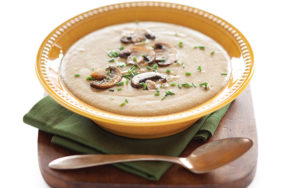
Serves seven
- 1 cup millet
- 1/4 tsp. extra-virgin olive oil
- 1 cup chopped yellow onion
- 1 cup chopped celery
- 1 tsp. minced garlic
- 2 cups packed, sliced shiitake mushrooms
- 2 cups packed, sliced oyster mushrooms
- 3 cups packed, sliced portabella mushrooms (remove gills before slicing)
- 2 tsp. dried thyme
- 1 bay leaf
- 7 cups vegetable stock
- 1 tsp. sea salt
- 1/2 tsp. freshly ground black pepper
- Enoki mushrooms and chives, for garnish (optional)
Directions
- In a large sauté pan, toast the millet over medium heat until it is one shade darker and there is a popcorn smell, three to five minutes.
- Remove from the heat and set aside.
- Heat the olive oil in a medium saucepan over medium-high heat. Add the onion, celery and garlic, and cook for two to three minutes or until onions are soft and transparent.
- Stir in mushrooms and cook for an additional three minutes, until the mushrooms have started to release their juices.
- Stir in the millet, thyme, bay leaf and vegetable stock.
- Bring to a boil then reduce heat to a simmer for 15 to 20 minutes until millet is soft and fully cooked. Stir often while cooking to prevent millet from sticking on bottom of pot and skim off any sediment that may rise to the top of soup.
- Remove and discard bay leaf and carefully ladle the soup into a blender and process until smooth.
- Strain the soup through a fine mesh strainer or, if not available, adjust thickness with additional hot vegetable stock.
- Return the strained soup to a pan and heat.
- Season with sea salt and freshly ground pepper. Garnish with enoki mushrooms and chives, if desired.
Wild Mushroom Frittata
Makes one large frittata, serves four
- 6 large eggs
- 2 tbs. low-fat buttermilk
- 2 tsp. extra-virgin olive oil
- 1/3 cup sliced portabella mushrooms, stems and gills removed
- 1/3 cup chopped rehydrated mushrooms, shiitake and porcini, drained
- 1 tbs. chopped shallots
- 1 cup fresh spinach, stems removed, washed, dried
- 1/4 cup diced roasted red pepper
- 1 tbs. chopped fresh basil
- 1/4 tsp. sea salt
- 1/8 tsp. freshly ground black pepper
- 3 tbs. shaved Parmesan cheese
Directions
- Preheat oven to 350 degrees F.
- Crack eggs into a medium mixing bowl and beat with buttermilk until well combined, reserve on the side. Heat a large nonstick, ovenproof sauté pan over medium-high heat.
- Mist pan with olive oil, and sauté mushrooms, shallots, spinach and peppers for three minutes and season with fresh basil, salt and pepper.
- Slowly pour egg mixture into sauté pan over cooked mushrooms. Reduce to medium heat.
- Using a rubber spatula, move egg-mushroom mixture back and forth to cook egg to a soft, wet mixture and stir in Parmesan.
- Cook undisturbed for about one minute, or until the bottom of the frittata is firm. Transfer the skillet to the oven.
- Bake, checking every five minutes, until the top of the frittata is no longer runny, about 10 to 20 minutes.
- Remove from oven and cover pan with a plate or serving tray and flip frittata over onto plate or tray to remove from sauté pan.
Dehydrated Mushrooms
Makes 1 cup
- 1/2 cup dehydrated mushrooms, shiitake and porcini
- Water to cover
Directions
- Place the mushrooms in large container and cover completely with boiling hot water. Soak for 30 minutes.
- Lift mushrooms from water and chop mushrooms into 1/4-inch pieces.
- Cover and refrigerate until ready to use.
This article has been updated. It originally appeared online on April 1, 2008.
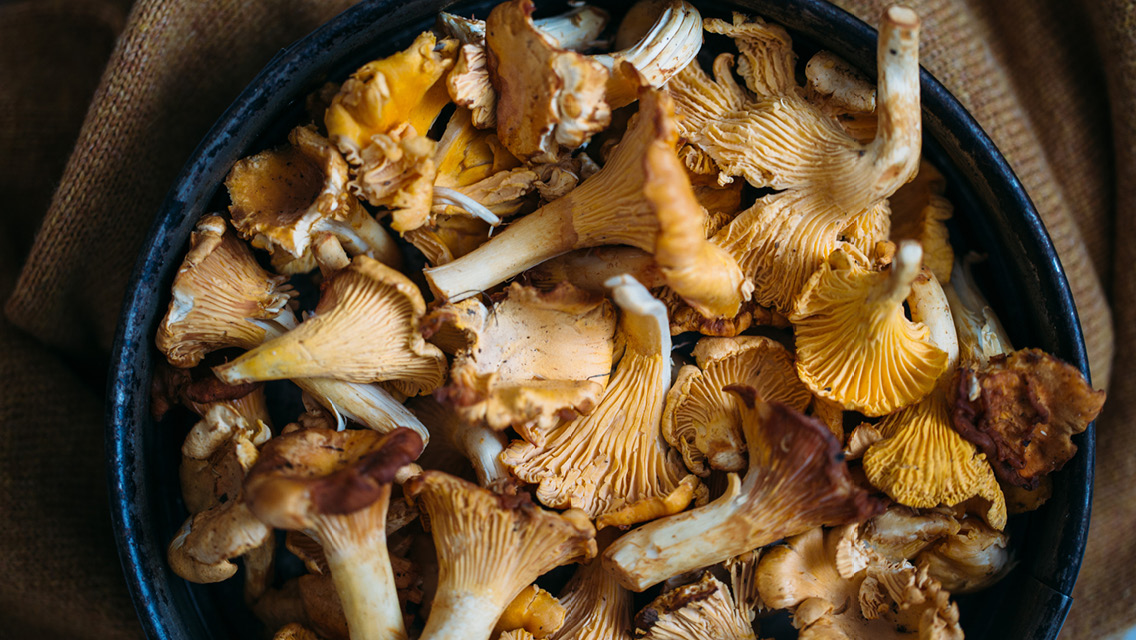
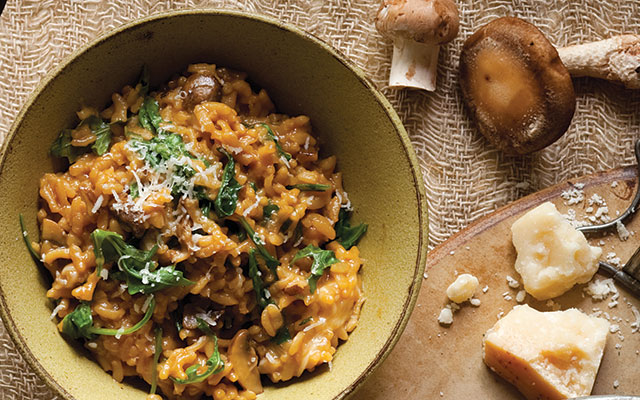
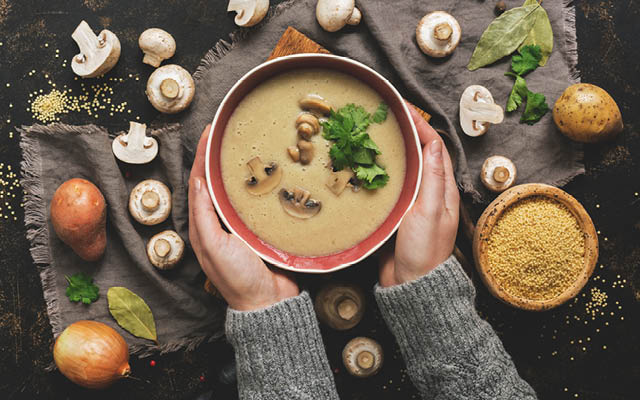
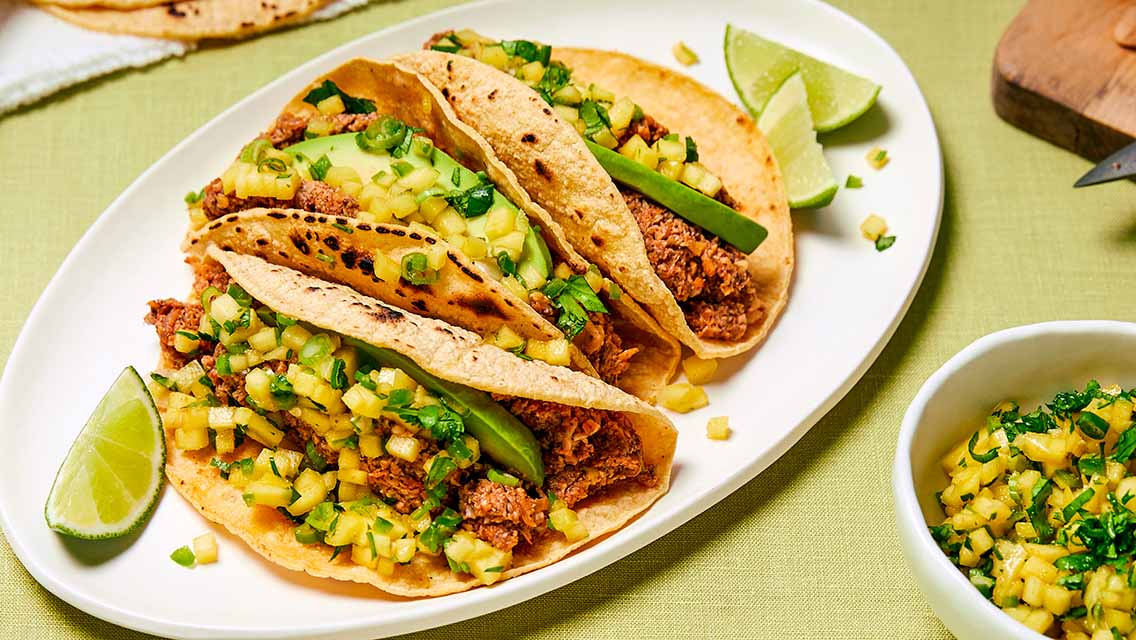
This Post Has 0 Comments